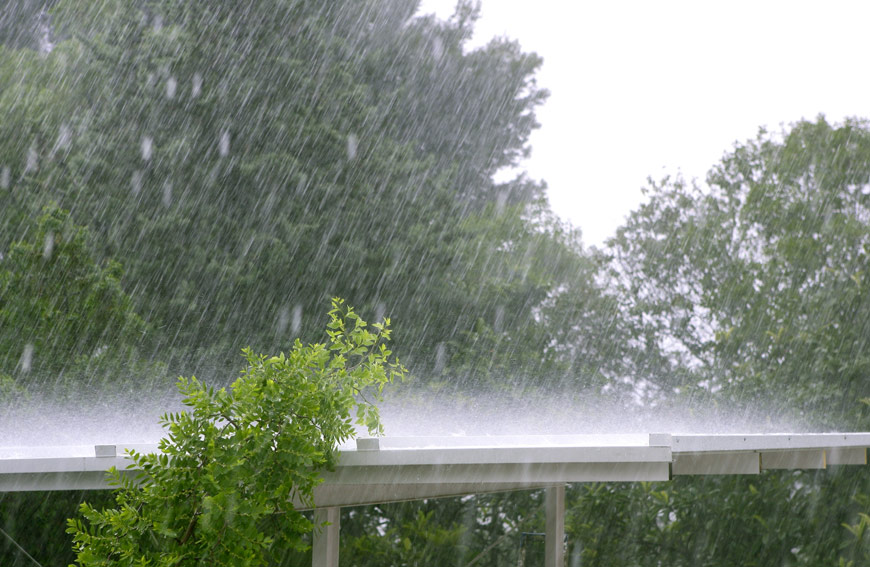Living in Ontario means that there are many weather elements to consider, one of them being wind storms. These can bring a barrage of destruction to trees, hydro lines, and homes alike. In some places, 100km/hour winds have been observed over the years and make for dangerous situations. There have even been winds as high as 120km/hour. This can take down trees and break branches, resulting in hydro line damages and home destruction. Our team at Five Star Tree Services is going to go over the factors for tree failure during wind storms.
Tree Failure Factors
Let’s briefly discuss some factors that contribute to tree failure factors during severe weather events. These factors are not limited to “unhealthy trees”, sometimes, even the strongest and healthiest looking tree can be affected by strong enough winds. It is a matter of them simply not being able to hold out through the destructive storms.
Twin Trunks
These are also known as codominant trunks, which can have poor stability, resulting in them being susceptible to cracking and ultimately failing. You can usually see these cracks beneath the trunk where the tree splits into two. This is where it becomes weak due to a build-up of trapped bark. This is also known as included bark. Some trees that are known to form codominant trunks include:
-Maple (Norway, Red, Silver, and Sugar)
-Birch
Once a tree is cracked, it will only get worse and bigger over the years when the trunk gets heavier and larger. These cracks make the tree susceptible to pathogens and insect infestation.
Canopy Density
Even though people strive to have tree canopies that are thick and lush, this can actually be a problem during wind storms. When a canopy is dense, this makes it less wind resistant as opposed to a thinned canopy. In order to combat this, pruning can help reduce the density and allow better air flow throughout the tree. It can also reduce wind drag.
Tree Decay
A good indication of tree decay is the presence of cavities or holes in the branches or trunk of a tree. These holes can be homes for birds and squirrels. Other indicators are the presence of mushrooms or conks on the tree. Dead, damaged, or decaying branches or trees are at high risk for breaking during high wind conditions. Usually, when a tree is exhibiting these symptoms, the only safe option is to remove the entire tree. When tree decay starts, there is no way to reverse it and it is guaranteed to spread throughout the tree.
Sometimes, decay is not so obvious and can be hard to detect. There are times where the trunk and branches appear to be healthy but under the soil, where the roots are can be rotting from soil fungus. The only way to detect this is to dig below the ground. This usually only happens if there is overwatering or bad drainage. The removal of decaying logs or stumps nearby is a good way to reduce potential fungus spread.
Structurally Unbalanced Trees
To reduce the risk of tree failure during a windstorm, balancing the structure is a simple solution. Most trees carry larger and more branches on one particular side. This causes the weight distribution to be uneven. To redistribute the weight evenly, selective branch removal is highly recommended.
How Five Star Tree Services Can Help
No matter if you are having tree issues before a bad storm or after, our team here at Five Star Tree Services is here to help! We offer a wide range of services that include things like tree care and Richmond Hill Tree Removal Services. If you need any assistance, make sure to give us a call at (416) 990-3355!


